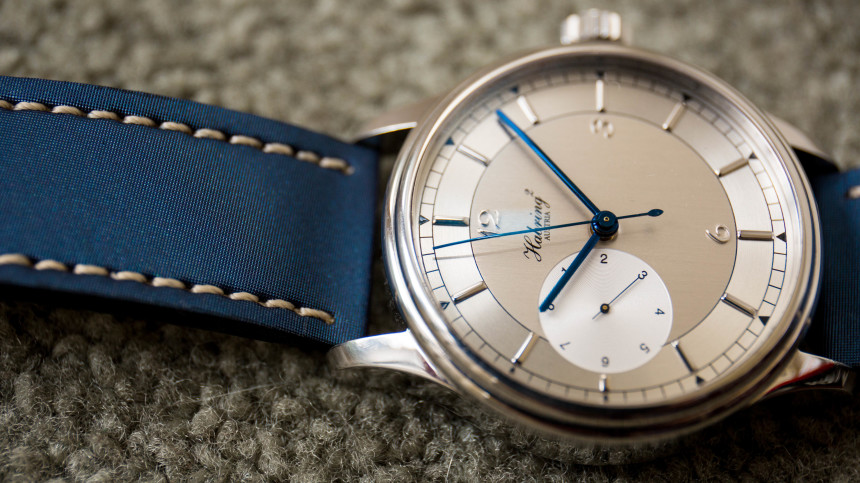
Let’s face it, we love watches. For many, watches consume an astounding amount of our time – and an astounding amount of our money. It’s why we visit this website and is evident in the fact that many of us own more than just one; and often, three or four examples from the same brand. It’s why our significant others think we’re crazy, despite the ever-growing number of purses and shoes that line the closet shelves. No matter how many watches you have, we could all agree the right strap can ultimately define the look and feel of a watch, from an older vintage example to the fanciest, totally over-the-top modern timepiece. Just changing the original strap to something unique can give a watch a whole new effect and make all the difference in the world.
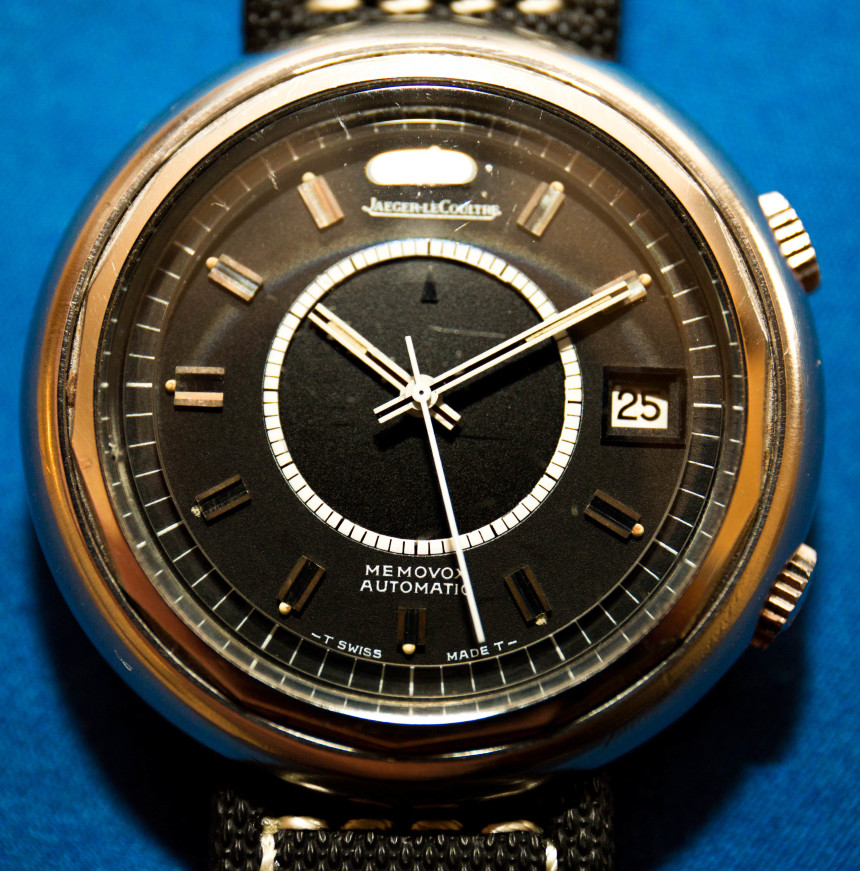
It is not easy to find the perfect watchband, and as I recently discovered, it can be downright confounding; what with a myriad of websites offering a plethora of choices in all shapes and sizes (more on what all the size numbers mean later). Currently on the hunt for vintage pieces from Jaeger LeCoultre, like the recently acquired “Snowdrop” (circa 1970) pictured above, this round, lugless beauty has spring-bars located on the bottom of the case and is gauged for a 20mm strap. Luckily, this specimen also came with the original, 20mm JLC tang buckle, but it arrived on a less-than-desirable band. The challenge was to find a 20mm strap that does not taper, so it would also be 20mm in width at the buckle end. Simple, right? Wrong. Almost every strap out there is tapered in some way and most that have a 20mm width on the lug end are probably more like 18mm in width where the buckle attaches.
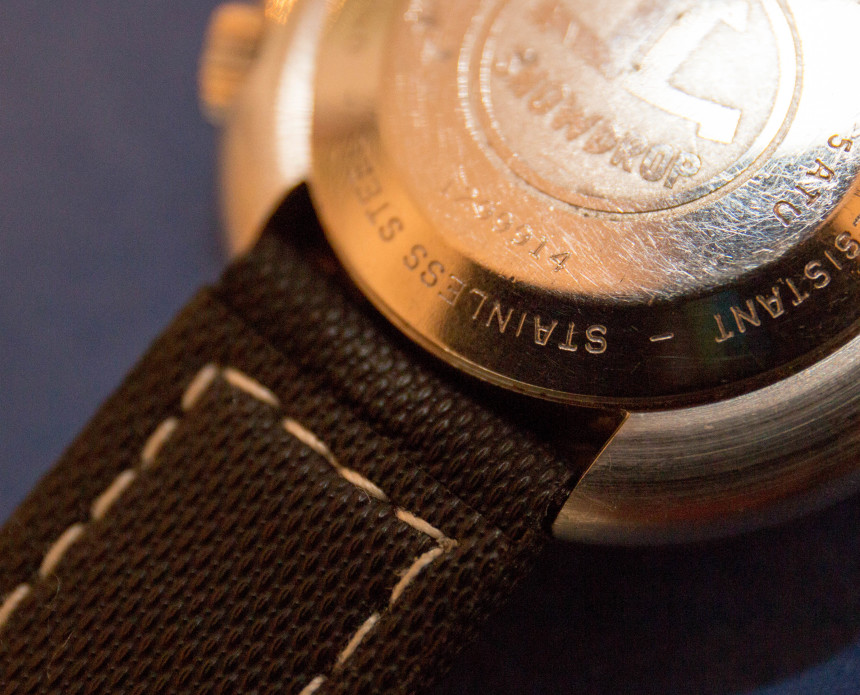
The choices for non-tapered watch straps are few, and if you have larger wrists that require a band of longer length, good luck. Sure, there are a couple of bespoke watchband makers out there, but those offerings are often pricey – sometimes in the two- or three-hundred-dollar range – and even then, you might end up with a strap that just isn’t right. Never known to be a “GQ” (Google Quitter), I finally stumbled upon StrappedForTime.com. At last, the 20mm, non-tapered strap I had been looking for was found – a black Kevlar-like material with white stitching. Revising the vintage style of the Snowdrop with contemporary materials really makes this watch pop.
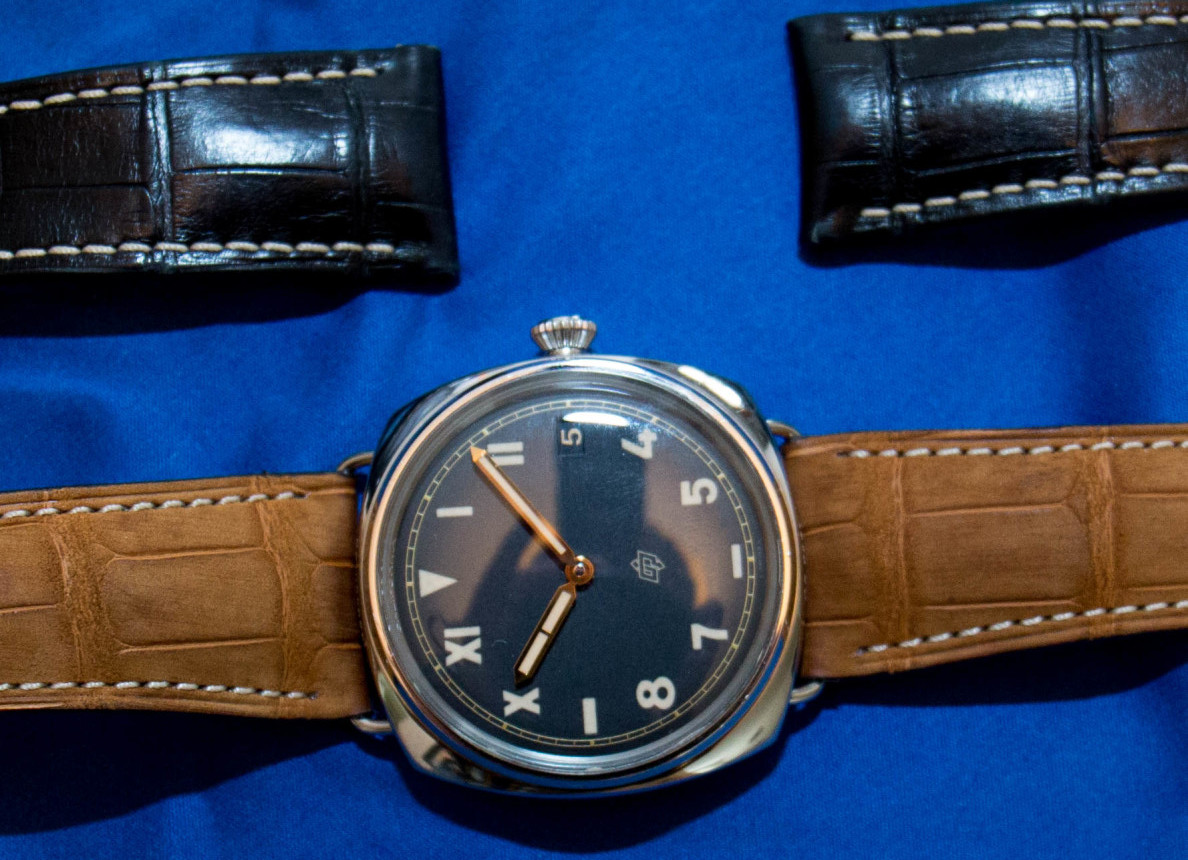
People with bigger wrists tend to like bigger watches, which in turn, generally requires the wearer to attach a wider and longer strap. Panerai is one of those brands that offers large timepieces – most being 44mm or wider. Panerai watches are designed to make strap removal easy and painless, and several models are delivered with an additional strap as well as the tool needed to change it. The brand has a very loyal following, and as such a whole host of aftermarket strap makers that stay true to the brand’s DNA have created an entire cottage industry.
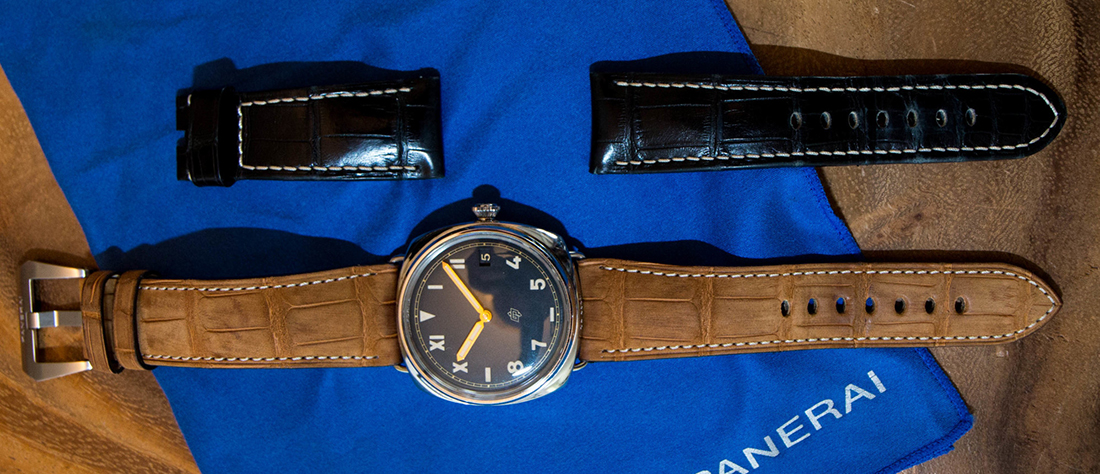
I recently took delivery on a PAM 424 but did not like the size or color of the black calf leather strap that came with the watch. So I paid a visit to the Panerai accessory website (which, by the way, is very well designed and very well concierged) to purchase a different strap. I was not disappointed. Not only is the alligator material soft and supple, but after a short chat with a Panerai Webstore Concierge I ended up ordering a longer length to accommodate my larger wrists. Nothing is worse than barely getting the last hole of a watch strap into the tang buckle. Not to mention what a sad sight it is to see that “keeper” with nothing to do except keep sliding up against the lugs of the watch – no matter how many times you push it back down. Honestly, sometimes I’m tempted to just cut that worthless thing off.
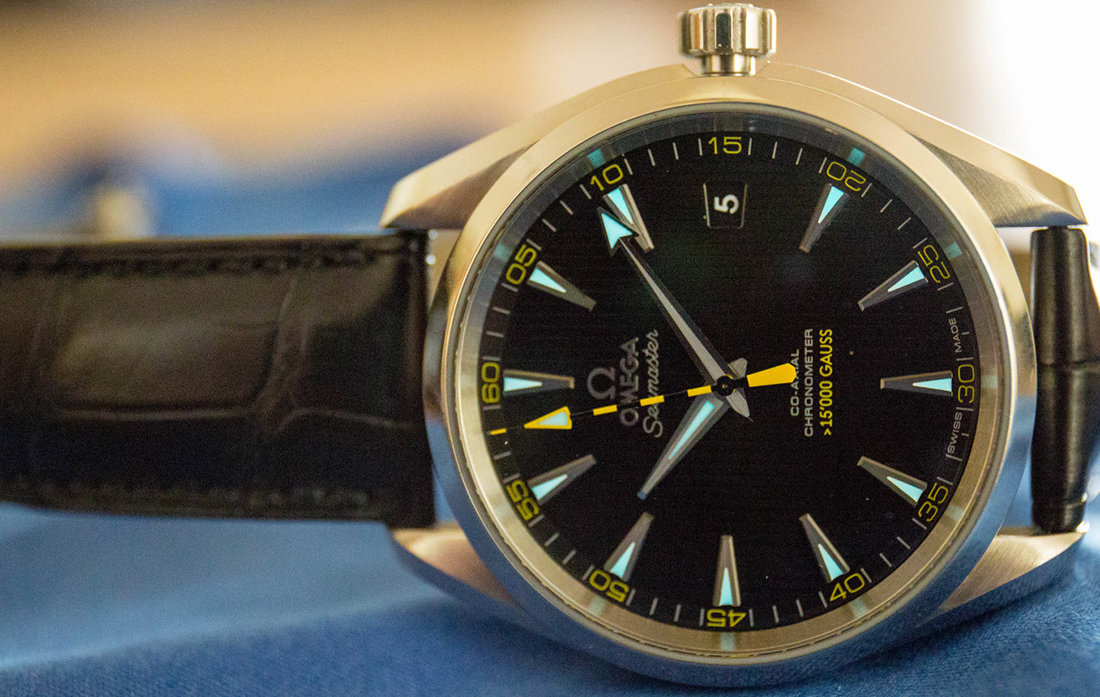
The color and material of a strap can make or break the look of a dial and its indicators. The tan leather strap that comes standard with the Omega 15k Gauss is boring and well, kinda’ crumby looking. So I ordered the black alligator strap, hooked that bad boy up, and now the watch takes on a whole new look. The black tuxedo dial and “bumble bee” seconds hand are far more eye-catching with the black alligator band attached, and the watch now has a less casual feel. My Habring Foidroyante came stock with a black strap, but with a blue carbon fiber strap attached, the blued steel hands appear to jump through the crystal. And if you want something truly different that also stays true to the manufacturer’s DNA, the folks over at RubberB (rubberb.com) have created some outstanding straps for the Rolex Submariner and GMT lines. Recently released are RubberB straps for Panerai and Patek Philippe that look superb. The RubberB products are designed to accommodate the buckle (tang or deployant) that originally came with the timepiece. Highly recommended!

With dials that have lots of different colors, pick the color you would like to highlight and then choose a strap with material or stitching of the same color. This will accent the dial and really make for good contrast. The Habring Foidroyante has blued steel hands, hence the strap with a matching blue material. Alternatively, the vintage Jaeger-LeCoultre chronograph with its orange sub-dial indicators looks fantastic on a black Kevlar strap with orange stitching.
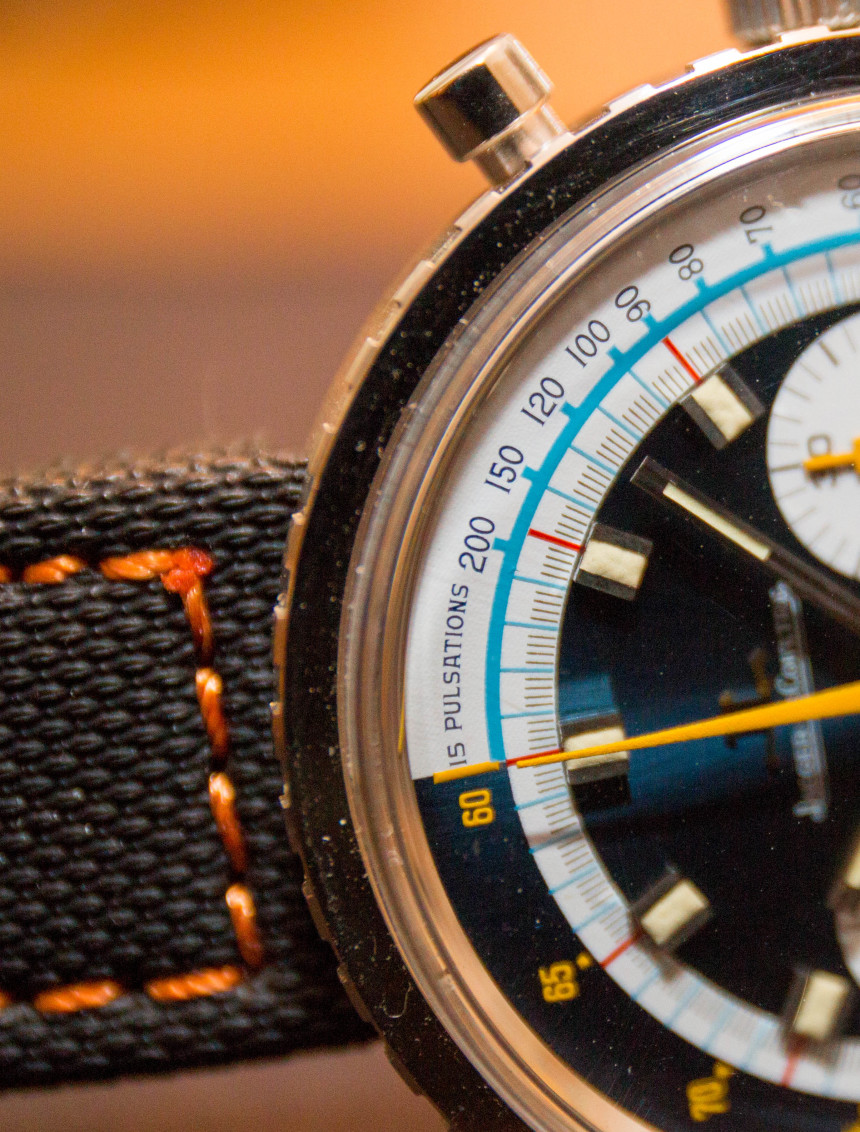
The way strap measurements are listed can certainly be confusing. So what do the numbers mean? The first measurement listed is typically the lug width where the spring-bars actually attach to the watch – 20mm, for example. This number is also commonly found stamped on the inside of the band. The second measurement designates the width of the strap where the buckle is attached. And so, a strap with a 20mm width at the lugs will typically taper to 18mm where the buckle attaches. The third measurement denotes the actual length of the strap. The average watchband measures 7 and 7/8th inches end-to-end, with the specification listed as two pieces: 120mm/80mm, for instance. In this case, the first number designates the length of the piece with the holes, and the second number designates the length of the piece where the buckle attaches.
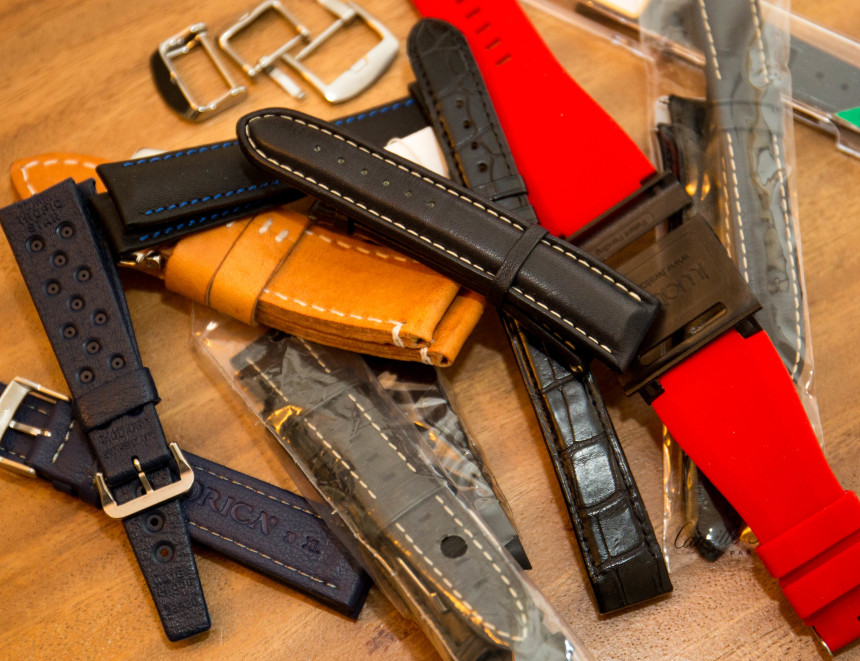
When purchasing a new strap, take note if it comes with a buckle. Many suppliers will include a tang buckle with the strap, but it tends to be cheap. It is certainly preferable to attach the original manufacturer’s buckle, and to be sure, one of the key defining value elements of a vintage watch is having the original strap and hardware intact (keep those items in a safe place even if there’s no intent to use them). Also be aware that some manufacturers utilize deployant buckles, which will definitely require a strap specifically designed to accommodate this type of buckle. Be sure to double-check the full specifications of the strap prior to purchase to ensure a deployant buckle will properly connect.
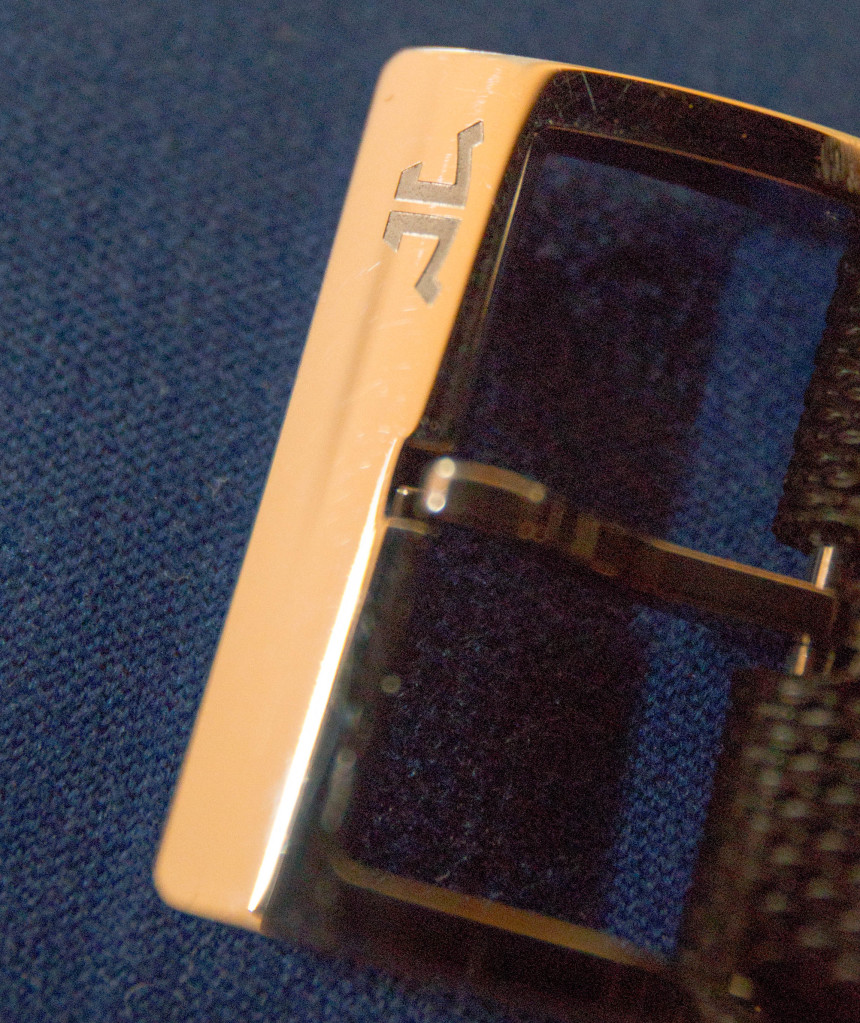
Here are some of the better watchband websites I have found:
While a lot of watch lovers simply use the strap that came with their purchase, there are others who cannot wait to replace the band as quickly as possible. Some like avant-garde materials, such as carbon fiber or Kevlar, while others stay with the tried-and-true by choosing alligator or calf leather. For a friend of mine, it has to be a NATO-style band, even on a middle-to-high five-figure timepiece. Whatever your preference, do not be afraid to experiment. Choosing the right strap can make even the most unattractive timepiece into something you’ll be proud to wear every day.
